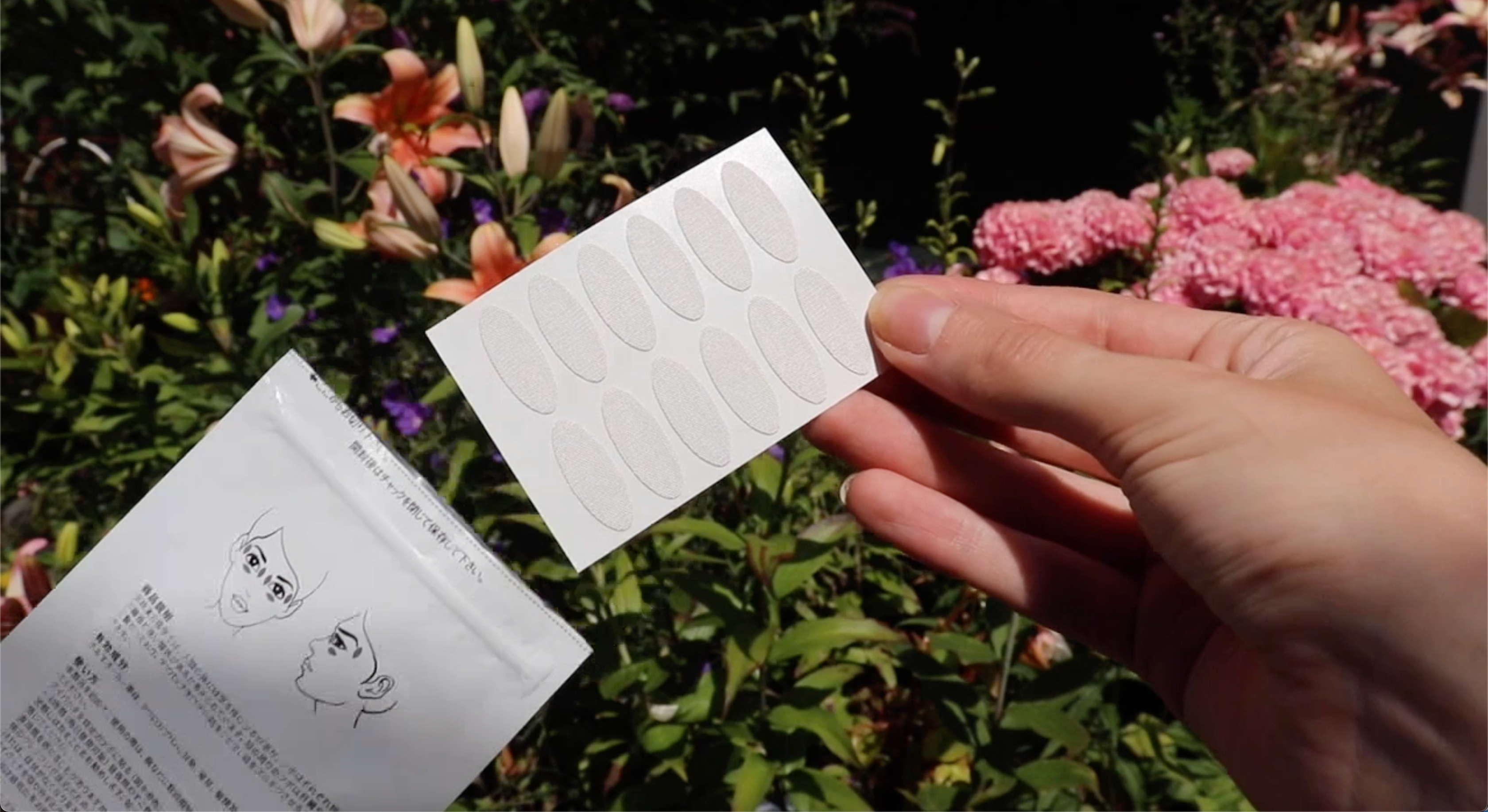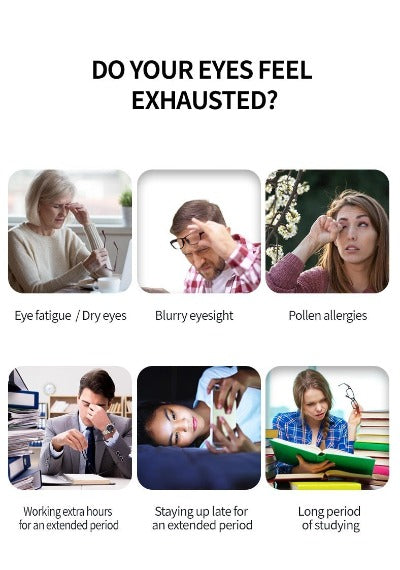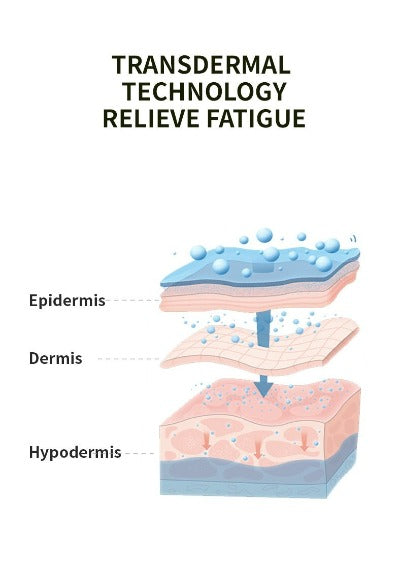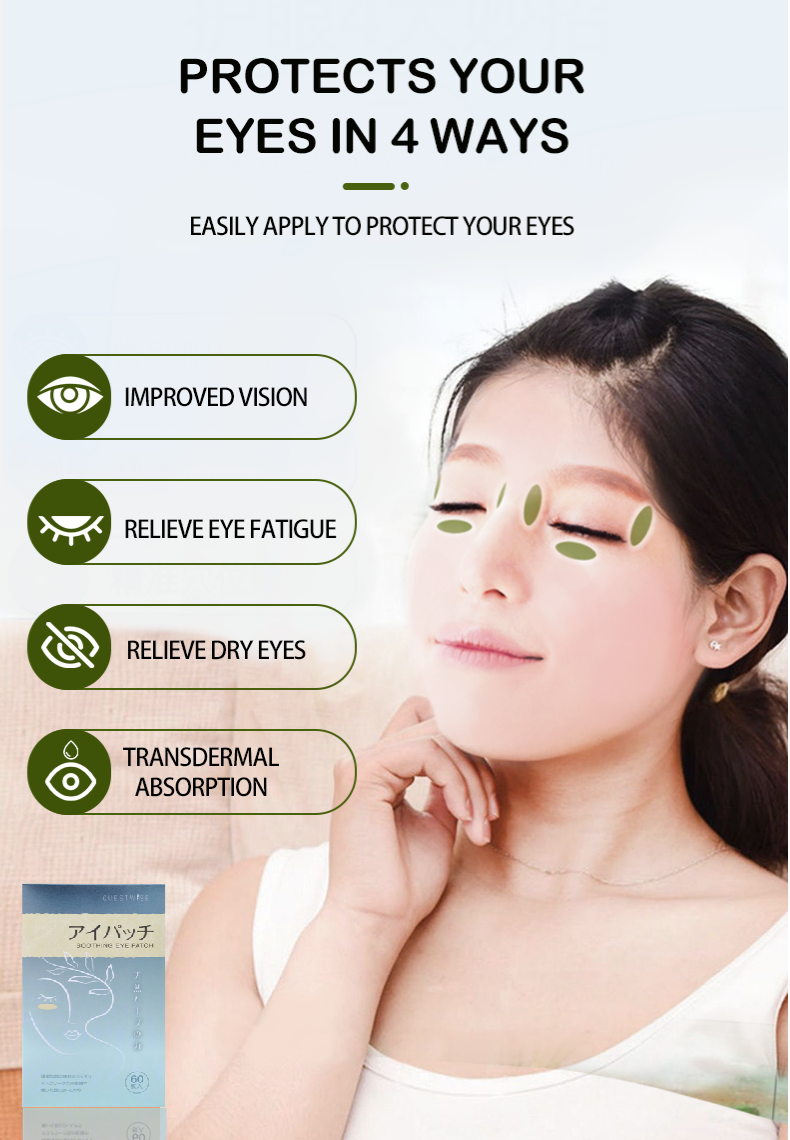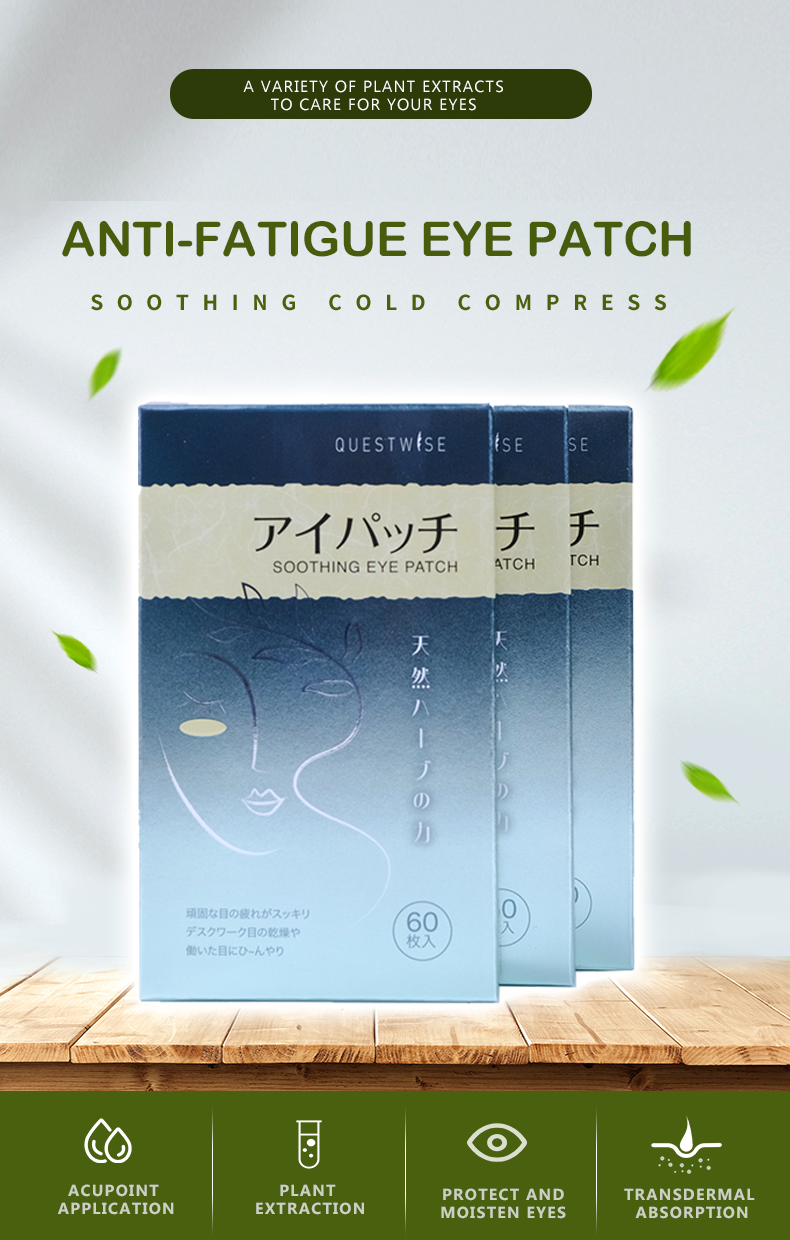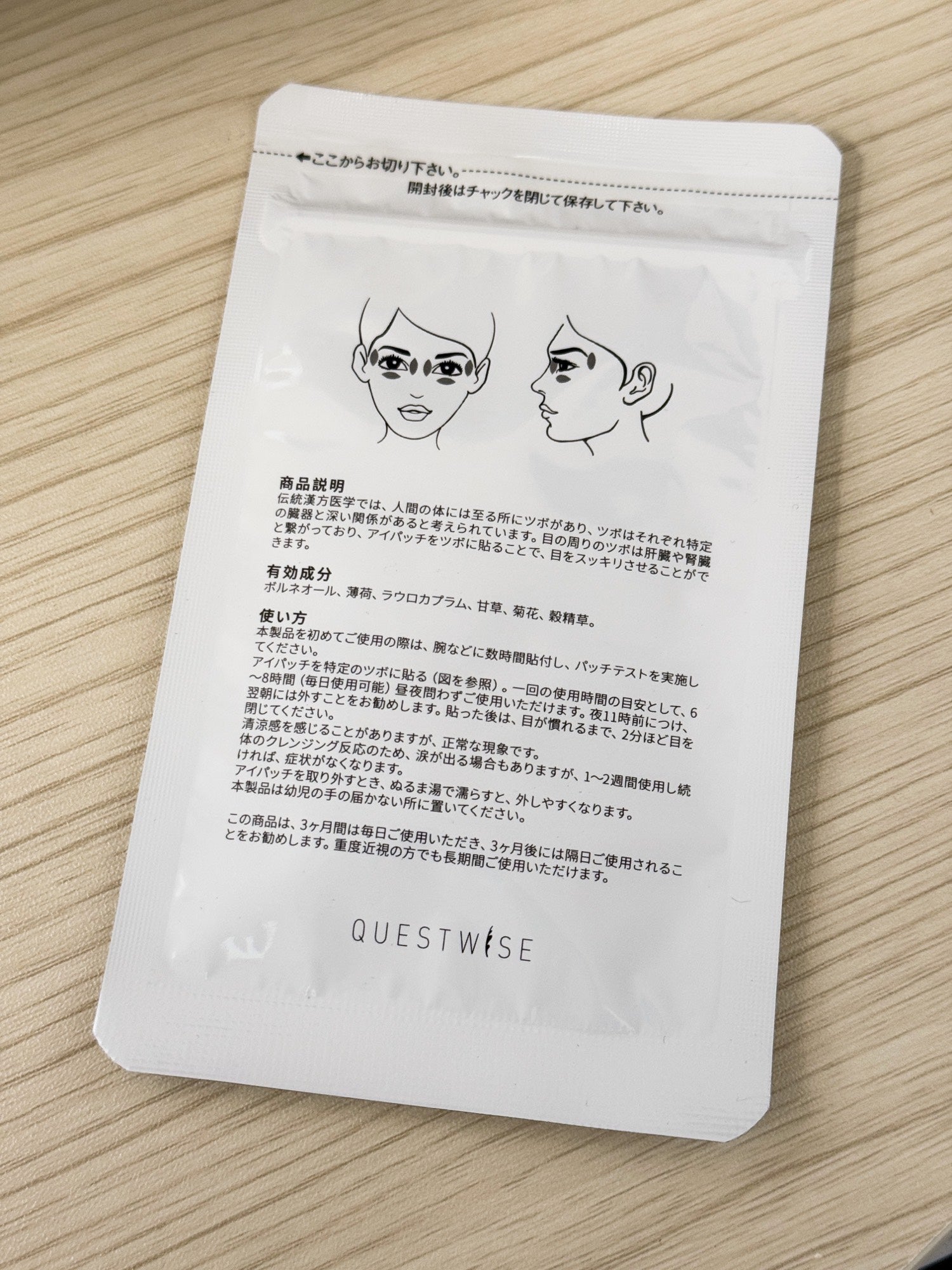The Unseen Toll of Our Digital Lives: Confronting Dry Eyes
In the relentless march of technological advancement, our screens have become extensions of our very beings. From the moment we wake to the last moments before sleep, our eyes are bathed in the glow of digital interfaces. This immersion, while offering unprecedented access to information, connectivity, and entertainment, has silently cultivated a widespread ocular affliction: dry eyes. This condition, characterized by discomfort and impaired vision, is no longer an anomaly but a chronic concern for millions. As we navigate 2025, understanding the intricate relationship between heavy screen use and the development of dry eyes is paramount for safeguarding our visual well-being. This article delves deep into the causes, symptoms, and comprehensive, proactive strategies to combat this pervasive modern ailment.
Unraveling the Multifaceted Causes of Screen-Induced Dry Eyes
The genesis of dry eyes in the context of digital screen engagement is a complex interplay of physiological responses and environmental factors. It's not merely about looking at a screen; it's about how our bodies and eyes react to prolonged, focused visual tasks:
- The Dramatically Reduced Blink Rate: This is perhaps the most significant culprit. When our focus sharpens on a digital display, our natural blink reflex is suppressed. Blinking isn't just about closing your eyes; it's a critical process that redistributes the tear film across the ocular surface. This film, composed of lipid, aqueous, and mucin layers, is vital for lubrication, nourishment, and protection of the cornea. When blinking frequency plummets, often by as much as 60% or more during intense screen work, the tear film is not adequately replenished, leading to rapid evaporation and the onset of dryness.
- The Subtlety of Incomplete Blinks: Beyond the reduced frequency, the quality of blinks also deteriorates during screen use. We tend to perform partial or incomplete blinks, where the eyelids do not fully meet. This means the tear film is not spread effectively to the peripheral edges of the eye, leaving these areas exposed and susceptible to desiccation. These micro-deficiencies in tear film coverage accumulate over time, exacerbating the feeling of dryness.
- Ergonomics and Ocular Exposure: The physical arrangement of our workstations plays a crucial role. When a monitor is positioned above the primary line of sight, the eyelids naturally open wider, increasing the exposed surface area of the eye. This leads to accelerated tear evaporation. Similarly, ambient lighting conditions and the presence of glare from the screen can force individuals to squint or adopt unnatural postures, further contributing to eye strain and dryness.
- Environmental Stressors: Modern living and working environments often amplify the problem. Air-conditioned offices, heated rooms, and low-humidity atmospheres create a less forgiving environment for our eyes. These conditions accelerate the evaporation of the natural tear film, turning even moderate screen use into a significant challenge for tear stability.
- The Blue Light Conundrum: While the direct causal link between blue light emitted from screens and dry eyes is still a subject of ongoing research, evidence suggests it contributes to digital eye strain (computer vision syndrome). This strain can manifest as fatigue, discomfort, and a general worsening of dry eye symptoms. The constant stimulation from blue light may also disrupt natural eye-resting patterns.
- Contact Lens Wear: For individuals who wear contact lenses, prolonged screen use can significantly exacerbate dry eye symptoms. Contact lenses can absorb tears and alter the tear film, making the eyes more prone to dryness, especially when combined with reduced blinking.
Identifying the Ominous Signs of Dry Eyes
Recognizing the early indicators of dry eyes is essential for timely intervention. The symptoms can be varied and may worsen as the day progresses or during periods of intense screen use:
- A persistent sensation of grittiness, sandiness, or foreign body in the eyes.
- A burning, stinging, or itchy feeling.
- Redness and inflammation of the conjunctiva (the white part of the eye).
- Blurred vision that fluctuates, often improving temporarily with blinking.
- Increased sensitivity to light (photophobia).
- A feeling of heaviness or fatigue in the eyelids.
- Watery eyes, which can paradoxically occur as the eye attempts to compensate for dryness by overproducing reflex tears that are less effective.
- Difficulty wearing contact lenses comfortably.
- Eye strain and general discomfort, particularly after extended periods of reading or computer work.
Proactive Strategies for Dry Eye Prevention and Management in the Digital Era
Fortunately, the battle against screen-induced dry eyes is winnable through a combination of mindful practices and therapeutic interventions:
Mastering the 20-20-20 Rule for Visual Respite
This foundational principle remains indispensable. Commit to the 20-20-20 rule: every 20 minutes of screen time, shift your gaze to an object at least 20 feet away for a minimum of 20 seconds. This brief visual vacation allows your eye muscles to relax and, crucially, encourages more natural, complete blinking cycles.
Cultivating Conscious Blinking Habits
Be mindful of your blinking. Actively practice full, deliberate blinks. When you feel the onset of dryness, try a “palming” technique: rub your hands together to warm them, then gently cup them over your closed eyes without applying pressure. This can help rehydrate the ocular surface and relax the eyes.
Optimizing Your Digital Workspace Ergonomics
Position your monitor at or slightly below eye level, approximately an arm's length away. This ergonomic adjustment minimizes eyelid opening and reduces exposure. Utilize anti-glare screen filters or matte screen protectors to reduce reflections. Ensure your ambient lighting is adequate to minimize the contrast between your screen and surroundings, which can reduce strain.
The Power of Hydration and Advanced Lubrication
Internal hydration is key; consume ample water throughout the day to support overall tear production. For immediate and sustained relief, consider using artificial tears. Opt for preservative-free formulations, especially if you anticipate using them more than four times a day, as preservatives can lead to ocular surface toxicity with frequent application. Newer formulations may include ingredients like hyaluronic acid or lipids to better mimic natural tears and reduce evaporation.
Specialized Eyewear Solutions
Computer glasses or blue-light blocking glasses can offer relief for some individuals by reducing glare and filtering specific wavelengths of light. However, consult with an optometrist to determine if these are appropriate for your specific needs, as the effectiveness can vary.
Environmental Modification: Humidification
In dry indoor environments, a personal humidifier can significantly improve comfort by increasing ambient moisture levels and reducing the rate of tear evaporation. Aim for a humidity level between 40-60%.
Eyelid Hygiene and Warm Compresses
Dry eyes can sometimes be linked to meibomian gland dysfunction (MGD), where the oil glands in the eyelids become blocked. Regular eyelid hygiene, including gentle cleansing with specialized wipes, and applying warm compresses to the eyelids can help to unblock these glands and improve the lipid layer of the tear film.
Seeking Professional Ophthalmic Guidance
Regular comprehensive eye examinations are non-negotiable. An ophthalmologist or optometrist can accurately diagnose the cause and severity of your dry eyes, assess your tear film quality, and recommend tailored treatment plans. These may include prescription eye drops (such as cyclosporine or lifitegrast), punctal plugs to conserve tears, or other advanced therapies if over-the-counter solutions are insufficient.
Conclusion: Reclaiming Visual Comfort in a Digital World
The ubiquity of screens in 2025 presents an ongoing challenge to our ocular health, with dry eyes emerging as a significant consequence. By recognizing that reduced blinking, incomplete blinks, poor ergonomics, and environmental factors are key contributors, we can adopt a proactive stance. Implementing strategies such as the 20-20-20 rule, conscious blinking, ergonomic optimization, consistent hydration, and utilizing appropriate lubricating agents can dramatically alleviate symptoms. Crucially, regular consultations with eye care professionals ensure that underlying causes are addressed and the most effective, personalized management plan is pursued. Protecting our vision in the digital age requires awareness, diligence, and a commitment to eye care, ensuring that our screens enhance, rather than detract from, our quality of life.




